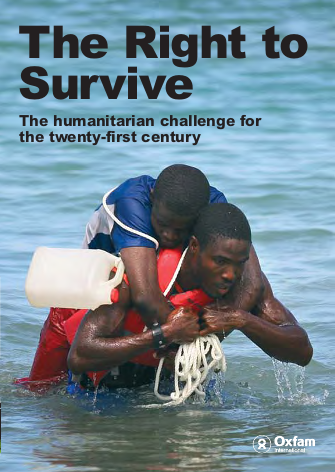
Each year, on average, almost 250 million people are affected by ‘natural’ disasters.1 In a typical year between 1998 and 2007, 98 per cent of them suffered from climate-related disasters such as droughts and floods rather than, for example, devastating but relatively rare events such as earthquakes. According to new research for this report, by 2015 this could grow by more than 50 per cent to an average of over 375 million affected by climate-related disasters each year.
Any such projection is not an exact science, but it is clear that substantially more people may be affected by disasters in the very near, not just distant, future, as climate change and environmental mismanagement create a proliferation of droughts, landslides, floods and other local disasters. And more people will be vulnerable to them because of their poverty and location.
Some of these environmental changes will also increase the threat of new conflicts, which will mean more people displaced, and more need for humanitarian aid. One recent report estimated that 46 countries will face a ‘high risk of violent conflict’ when climate change exacerbates traditional security threats. Already, there is evidence that the number of conflicts is again on the rise, while the threat of long-running conflicts creating vast new humanitarian demands was painfully shown by the upsurge of violence in the eastern Democratic Republic of Congo in 2008.
In short, by 2015, an unprecedented level of need for humanitarian assistance could overwhelm the world’s current humanitarian capacity. Already, many governments fail to cope with threats like storms, floods and earthquakes. They fail to act quickly or effectively enough in response to these events, or to take preventative action to reduce unnecessary deaths and suffering. Indeed, the very actions of some governments and their national elites place marginalised people at risk from disasters by discriminating against them, like those forced to live in flimsy slum housing so easily destroyed by floods and landslips.
At the same time, international humanitarian assistance is often too slow or inappropriate, and the UN-led reforms since 2005 to improve it have only begun to make a difference.